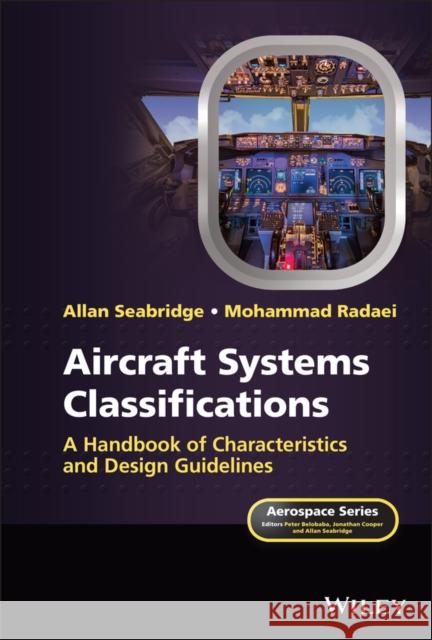Aircraft Systems Classifications: A Handbook of Characteristics and Design Guidelines » książka
topmenu
Aircraft Systems Classifications: A Handbook of Characteristics and Design Guidelines
ISBN-13: 9781119771845 / Angielski / Twarda / 2022 / 384 str.
Aircraft Systems Classifications: A Handbook of Characteristics and Design Guidelines
ISBN-13: 9781119771845 / Angielski / Twarda / 2022 / 384 str.
cena 617,21
(netto: 587,82 VAT: 5%)
Najniższa cena z 30 dni: 614,67
(netto: 587,82 VAT: 5%)
Najniższa cena z 30 dni: 614,67
Termin realizacji zamówienia:
ok. 30 dni roboczych
Bez gwarancji dostawy przed świętami
ok. 30 dni roboczych
Bez gwarancji dostawy przed świętami
Darmowa dostawa!
Kategorie:
Kategorie BISAC:
Wydawca:
John Wiley and Sons Ltd
Seria wydawnicza:
Język:
Angielski
ISBN-13:
9781119771845
Rok wydania:
2022
Ilość stron:
384
Waga:
0.67 kg
Wymiary:
22.86 x 15.24 x 2.24
Oprawa:
Twarda
Wolumenów:
01
Dodatkowe informacje:
Bibliografia
Glosariusz/słownik
Glosariusz/słownik











